- H 80 cm x L 26 cm x P 19 CM
The Jambupati Buddha (Jambhupati) is a particular form of Buddha. He is depicted adorned and is venerated in Theravāda Buddhism, particularly in Burma. According to legend, Jambhupati was a powerful and arrogant king, whom the Buddha transformed into a humble monk to teach him compassion and impermanence. This story symbolizes spiritual transformation and the importance of humility in Buddhism. Depictions of Jambhupati are often worshipped to invoke protection and prosperity. In Buddhism, impermanence, (“anicca” in Pali and “Anitya” in Sanskrit), is one of the three characteristics of existence, along with suffering (dukkha/duhka) and selflessness (anatta/anatman). It signifies that all phenomena, all things, are in perpetual change. Nothing is permanent, whether material objects, thoughts, or emotions. This awareness helps cultivate detachment and reduce attachment to ephemeral things. A fourth concept, central to the other three, exists in Mahayana Buddhism: emptiness (Suññatā / Śūnyatā): It expresses the idea that all phenomena are devoid of self-existence or “self.” This means that nothing exists independently but rather interdependently with everything else. The Buddha is generally represented as a renunciate…detached from material goods, so why then represent him with royal ornaments? The royal ornamentation here symbolizes the spiritual superiority of the Buddha over earthly power. It is a way of showing that wisdom and compassion surpass wealth and worldly power. Excerpts from Paul MUS, bulletin of the French School of the Far East, INDIAN AND INDOCHINESE STUDIES, 1928, pp. 153. “A Pali sutra which is read in Laos and in which we are told that the proud Jambupati, summoned by Indra to come and pay homage to the Buddha, sees him “on his throne, beautiful as a god, dressed in luminous clothes”, in all his glory as king of kings. Now, to the austere simplicity of the monastic robe of the Indian Buddha, "the devotion of the Thai would have preferred without hesitation a sumptuous costume, shining with gold and gleaming with precious stones. But to risk violating the givens of tradition so seriously, it was necessary to find an ingenious bias: the Jambupati was found to be at the point to provide it. Since the Buddha wore the royal costume at least once, it could not be forbidden to represent him in this aspect." "Mr. Finot, who visited Burma, noted that, by a singular transposition, it is the Buddha himself who is now called Jambupati there. The archaeologist Taw Sein Ko identifies a dressed "Buddha" found in Pagan. "The mutilated image of the Buddha is dressed in the royal costume. The Burmese call it Jambupati"... The Pali scriptures do not know this representation of the Sage and it can only be attributed to the Northern school. Whatever one may think of the piece, which, in any case, would be more of a bodhisativa than a buddha, Burmese tradition supports Mr. Finot's conclusions. If a holy statue wearing royal ornaments is still called Jambupati, this identification could only have been inherited from an interpreter better versed in extra-canonical Pali. This one does not know a Buddha Jambupati, but the Buddha in Jambupati. » See this Buddha Jambupati "King of Kings", Burma, in full screen mode on Vintage Addict


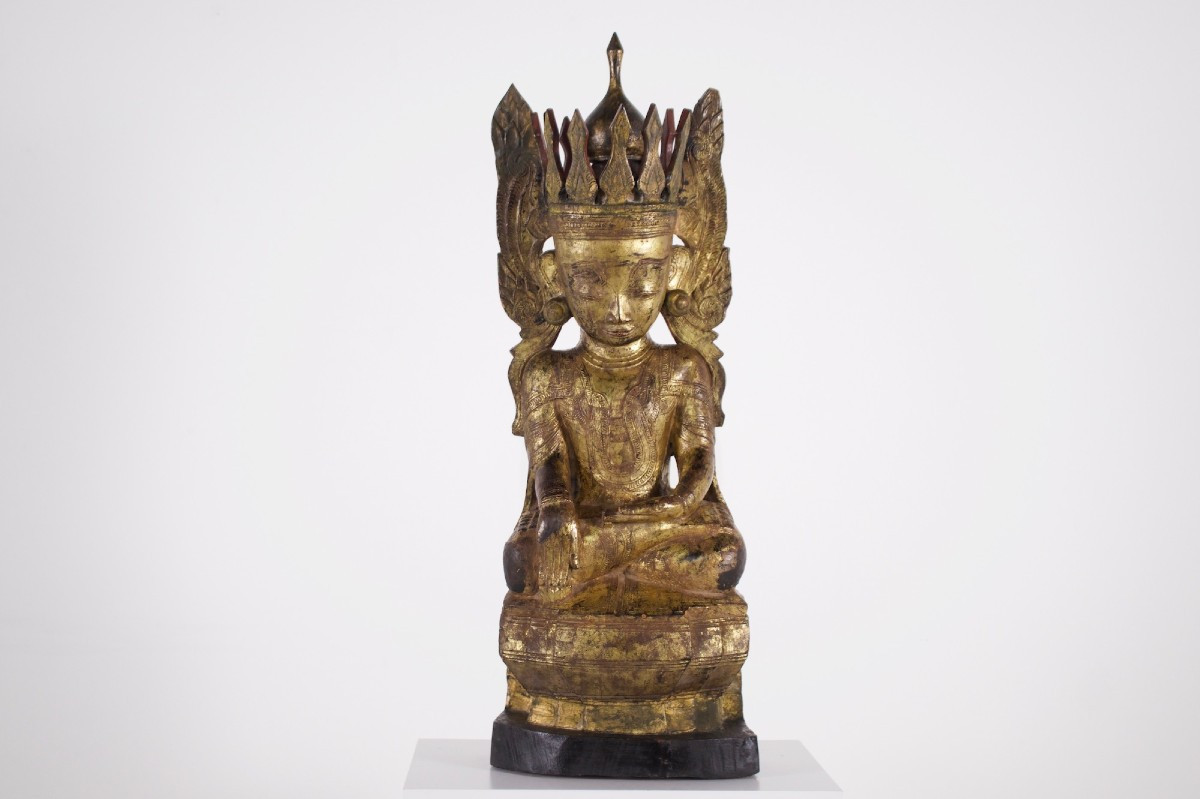



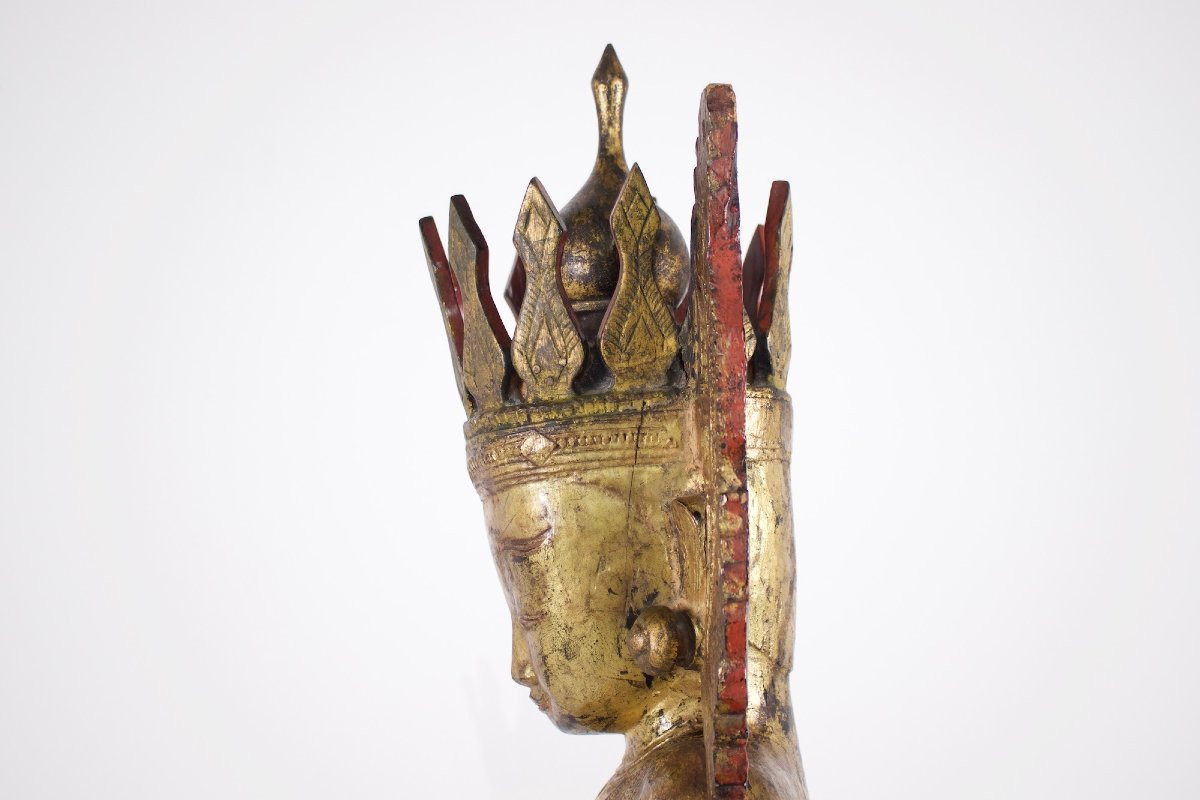



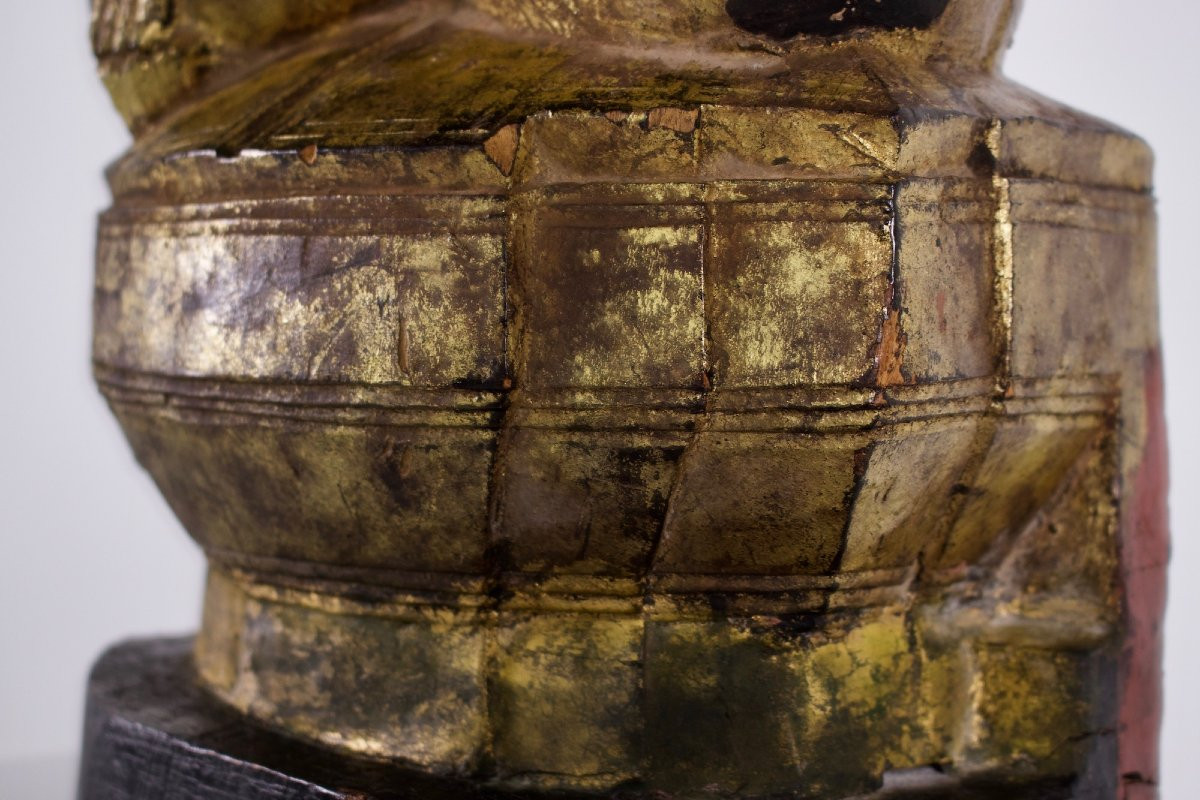





















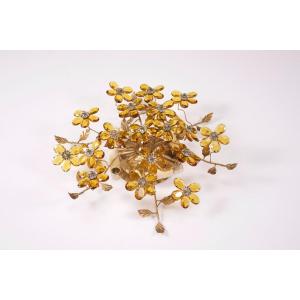
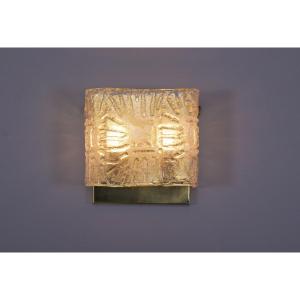







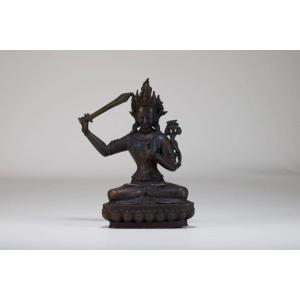


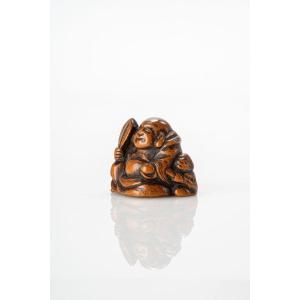





 Le Magazine de PROANTIC
Le Magazine de PROANTIC TRÉSORS Magazine
TRÉSORS Magazine Rivista Artiquariato
Rivista Artiquariato